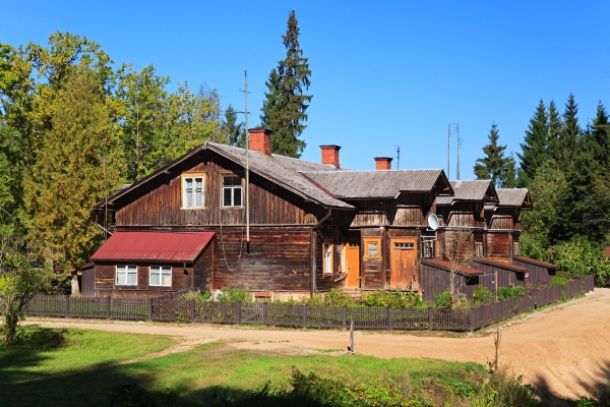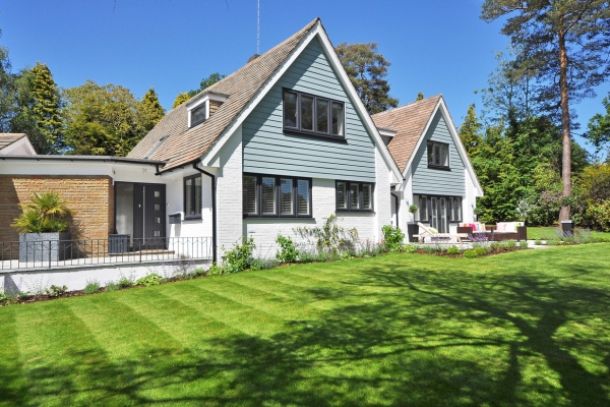Taking on DIY wooden home projects requires not only creativity and determination but also a systematic approach to planning and execution. “Mastering DIY Wooden Home Projects” is a comprehensive guide for those who want to hone their skills, manage multiple projects, and build wooden homes that are both functional and beautiful. This article walks you through the essential steps—from initial planning and design to construction, finishing, and maintenance—providing practical tips and expert insights that will help you master the art of DIY construction.
Introduction
DIY projects offer a unique opportunity to build a home that reflects your personality while saving costs and learning valuable skills along the way. However, the path to mastering DIY wooden home projects can be challenging. It involves juggling design, budgeting, material selection, construction techniques, and long-term maintenance. By following a structured approach and learning from both successes and setbacks, you can transform your DIY dreams into reality. This guide provides a roadmap to help you manage projects efficiently and build wooden homes that stand the test of time.
Comprehensive Planning and Design
Defining the Project Scope:
Before breaking ground, it’s essential to define the scope of your project. Ask yourself:
- What is the size and layout of the house?
- What design elements are most important to you?
- Are you planning to build the entire home or focus on specific projects like an extension or a cabin?
Document your ideas in sketches or detailed blueprints. Consider using digital design tools or CAD software to visualize your project. These tools allow you to experiment with different layouts, make adjustments, and create precise plans that serve as a guide throughout the construction process.
Budgeting and Resource Management:
Establish a detailed budget that includes all anticipated costs—materials, tools, permits, and even a contingency fund for unexpected expenses. A well-prepared budget is crucial for managing multiple projects simultaneously and ensuring that you have the necessary resources to complete each stage without compromise.
Permits and Legal Considerations:
Verify local building codes and zoning regulations early in the process. Securing the proper permits not only ensures compliance with the law but also minimizes disruptions during construction. Consulting with professionals or local authorities can provide clarity and help streamline the permitting process.
Execution: Construction Techniques and Tools
Foundation and Framing:
Every successful DIY project starts with a strong foundation. Depending on your site conditions, choose between a concrete slab, crawl space, or pier and beam foundation. Once the foundation is set, move on to framing. Use high-quality, treated lumber to build the structure, ensuring that each component is measured and cut precisely. Modern tools such as laser levels, digital measuring devices, and power saws can significantly enhance accuracy and speed up the process.
Joinery and Assembly:
Mastering traditional joinery techniques—such as mortise and tenon, dovetail, or saddle notches—adds both strength and beauty to your construction. Combining these time-tested methods with modern fasteners can create a robust framework. Document each phase of the framing process to learn and refine your techniques over time.
Insulation, Roofing, and Window Installation:
After the framing is complete, focus on insulation and roofing. Use eco-friendly insulation materials to improve energy efficiency and maintain a comfortable indoor environment. Choose a roofing system that suits your design and local weather conditions—whether it’s wooden shingles or metal panels. Additionally, install energy-efficient windows and doors, ensuring that they are well-sealed to prevent drafts and moisture issues.
Finishing Touches and Personalization
Exterior Finishing:
The finishing phase transforms your wooden structure into a polished home. Apply high-quality sealants, stains, or eco-friendly paints to protect the wood from UV damage, moisture, and pests. A well-finished exterior not only enhances durability but also highlights the natural beauty of the wood.
Interior Design and Custom Details:
Your interior should reflect your personal style. Consider custom cabinetry, built-in shelves, and handcrafted furniture that add character and functionality. Paying attention to small details such as trim work, lighting, and flooring can make a significant difference in the overall aesthetic and comfort of your home.
Maintenance and Continuous Improvement
Routine Inspections and Upkeep:
A master DIY builder knows that maintenance is key to longevity. Schedule regular inspections to check for signs of wear, moisture infiltration, or pest damage. Routine maintenance tasks, such as resealing wood surfaces and cleaning gutters, help prevent small issues from becoming major repairs.
Learning and Adapting:
Every project is an opportunity to learn. Keep detailed records and photos of your projects, noting what worked well and what could be improved. Engaging with DIY communities, attending workshops, and staying updated on new techniques and materials will help you continuously refine your skills.
Overcoming Challenges and Celebrating Success
Problem Solving:
Expect challenges along the way. Whether it’s a measurement error or a delay in material delivery, maintaining a flexible, solution-oriented mindset is crucial. Use setbacks as learning experiences, and don’t hesitate to seek advice from experienced builders or online forums.
Building Confidence:
Every completed project builds your confidence and expertise. Celebrate milestones, share your successes with the DIY community, and use your experiences to tackle more ambitious projects in the future. Mastering DIY wooden home projects is a journey that rewards persistence, creativity, and continual learning.
Conclusion
Mastering DIY wooden home projects requires a blend of careful planning, precise execution, and ongoing learning. By defining clear project goals, employing modern tools alongside traditional techniques, and committing to long-term maintenance, you can achieve high-quality results that reflect your vision and skill. With each project, you build not only a physical structure but also a deeper understanding and appreciation for the art of DIY construction. Embrace the challenges, celebrate your progress, and let each project propel you toward mastery in building wooden homes that are both durable and uniquely your own.


